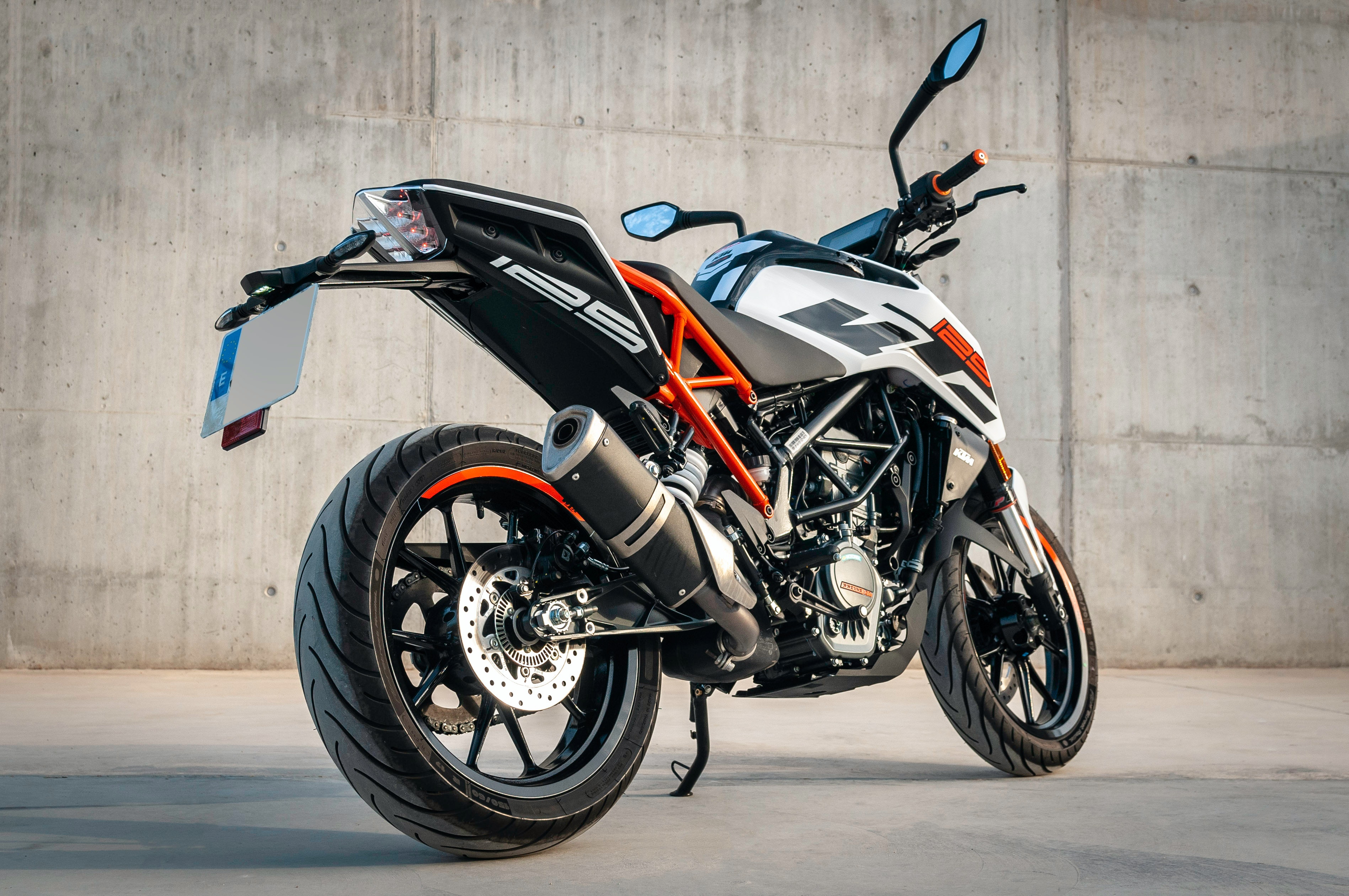63% of shoppers believe that product imagery holds more sway than product descriptions. If the image fails to captivate them, many won’t proceed to the accompanying text. This underscores the critical role visuals play in grabbing attention and sparking curiosity. As eCommerce becomes less of a subsector and more of an icon for all of commerce, brands must scrutinize the effectiveness of their chosen visuals. While traditional product photography has its merits, the question arises; if a picture is worth a thousand words, what value lies in something more advanced than the 2D? Here are three reasons why 3D product visualization outperforms product photography.

3D is immersive
3D product experiences do more than show online shoppers what the product looks like; they recreate the in-store experience, enabling online shoppers to scrutinize the product in detail, assess its features, and envision it in action. This opportunity to engage puts the power of the experience in the shopper’s hands, and allows them to discover what about the product makes it the perfect fit for their needs. Shopify has reported that the convenience and ease of this immersive experience alone has the potential to amp up conversions by 250%.
3D product visuals are just the beginning, and can also allow brands to extend the immersive shopping experience using augmented reality bringing consumers as close to the IRL shopping experience as possible. Retail Perceptions — a global consultancy specialising in the retail industry — discovered that 40% of shoppers will pay more for a product if they could first experience it via AR, and 61% also indicated they would prefer to shop in stores that offered these AR experiences.
3D Shows Buyers EXACTLY What They Are Getting
In today’s dynamic market, where over 50% of consumers express a strong interest in personalized products, the ability to customize a purchase to individual needs is a crucial differentiator for brands. Gone are the days of Henry Ford’s famous ‘you can have any color, as long as it’s black’ approach. People crave choices, but they also want full confidence in their buying experience. For products that offer a variety of colors, materials, or features, brands face the challenge of presenting options effectively. They can choose to only showcase their most popular options, creating a subpar buying experience. Alternatively, shooting the product in every color and configuration is time-consuming not to mention the heavy impact to the site itself.
This is where 3D configuration comes in, providing an optimal solution. Unlike traditional photography, 3D configurators allow the buyers to see the exact selections to aid in their decision making before making their purchase. Moreover, product configurators enable brands to showcase additional features and add-ons as they will appear with the primary product, avoiding any confusion for the buyer about what is included in their order. Nothing is worse than receiving your purchase and finding out you need another piece or product that needs to be bought separately.
3D Saves Brands Time & Money
One of the greatest benefits for brands using 3D product configuration is the time and money that can be saved on asset management and not having to execute repeated photo and video shoots. Instead of reshooting the product when new features, colors, or materials are released, 3D texture and model files can be added into the visual platform and pushed to all channels where the model is in use. This is especially valuable for limited edition products and special offers, allowing brands to add and remove assets with ease instead of having a specialty shoot to collect assets that then have to be stored and managed.
In today’s market, where visual content is more than 40 times more likely to get shared on social media than other types of content, high quality visuals are not just desirable; they are essential for brands looking to compete. Marketers are seeking the best way to grab and hold consumer attention in a sea of short form videos and flashy images. Implementing 3D allows consumers to see beyond the product image, and truly determine the level of quality and functionality for their needs through digital channels. 3D product visualization provides brands with efficient and effective solutions for both; delivering high quality imagery and an immersive experience that photography and videography simply can’t compete with.